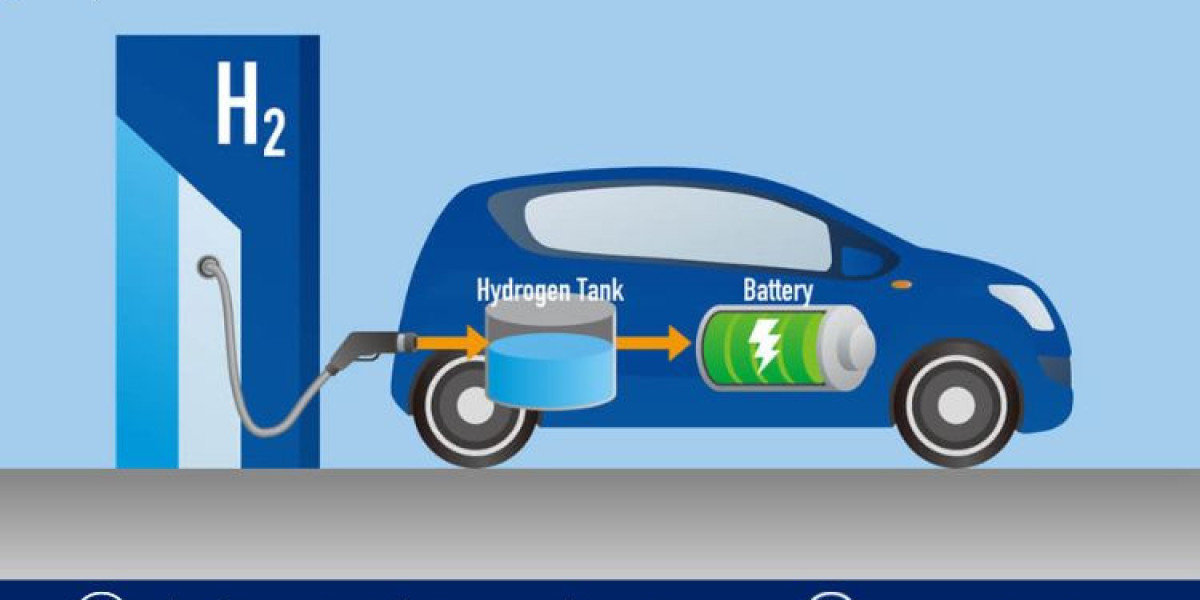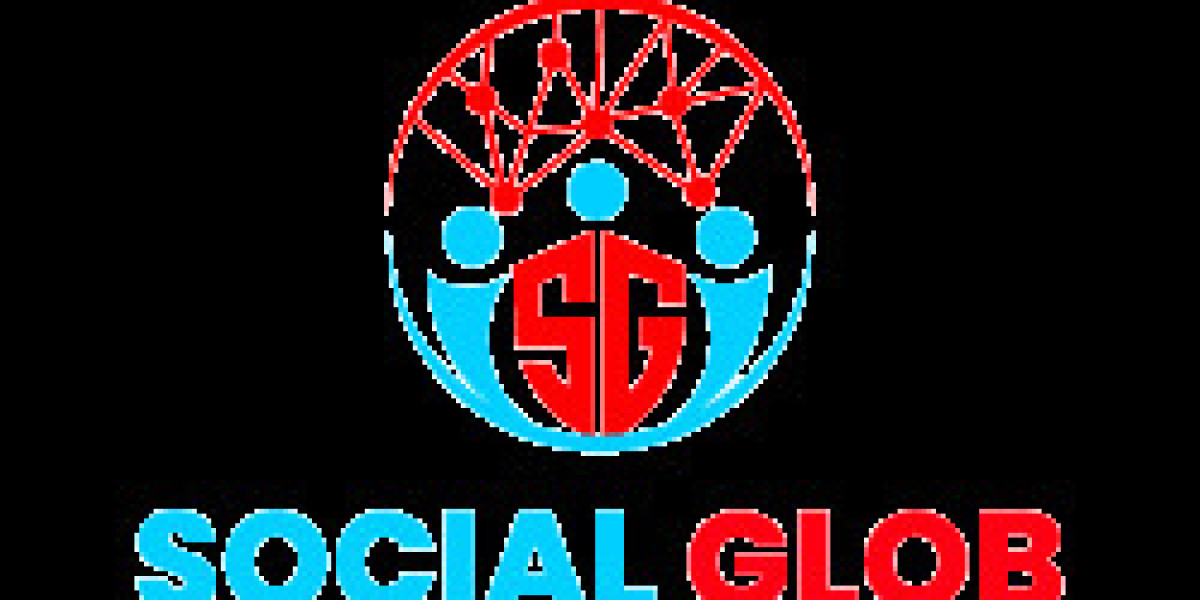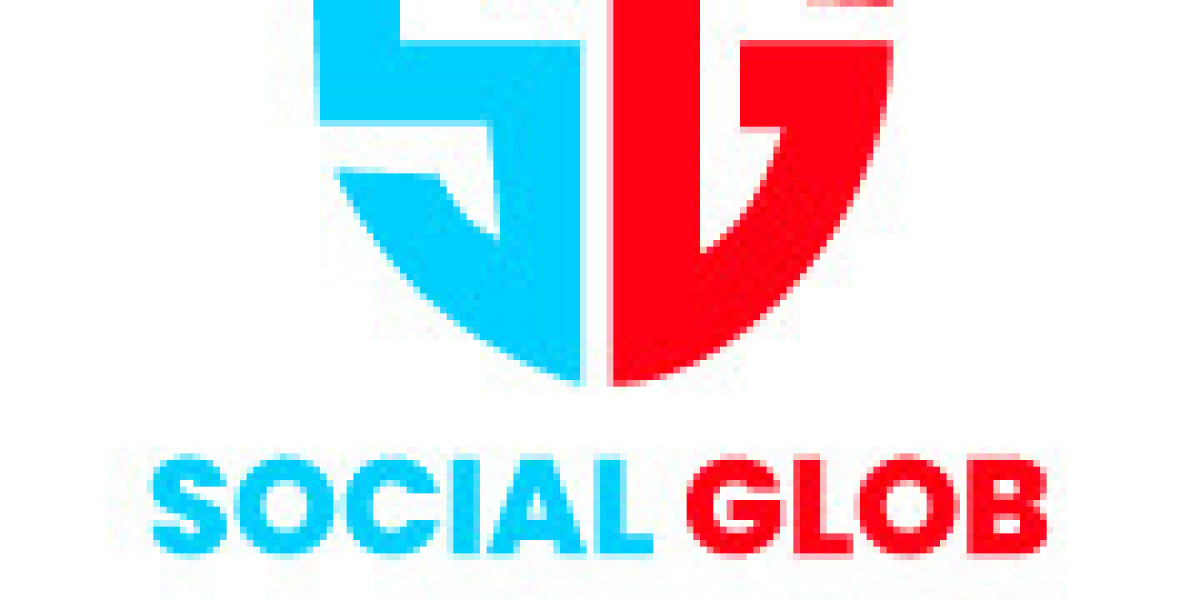As the world grapples with the pressing need for sustainable transportation solutions, the hydrogen fuel cell vehicle (FCV) market is emerging as a critical player in the automotive landscape. The global hydrogen fuel cell vehicle market size reached approximately USD 1.49 billion in 2023, and the market is assessed to grow at a staggering CAGR of 47.9% between 2024 and 2032, aiming to reach around USD 50.58 billion by 2032. This remarkable growth underscores the increasing interest and investment in hydrogen technology as a viable alternative to traditional fuel sources.
In this blog post, we’ll delve into the various dimensions of the hydrogen fuel cell vehicle market, examining its segmentation, regional dynamics, market drivers, and future trends.
Market Overview
Hydrogen fuel cell vehicles utilize hydrogen gas to power an electric motor, producing only water vapor as a byproduct. This makes them an attractive alternative to gasoline or diesel vehicles, particularly in the context of tightening emissions regulations and rising environmental awareness. While the technology is not new, recent advancements have reinvigorated interest, spurring innovations in production, storage, and vehicle design.
The hydrogen fuel cell vehicle market is gaining traction as governments, corporations, and consumers alike push for cleaner alternatives. Several factors, including regulatory incentives, technological advancements, and increasing investments in infrastructure, are driving the growth of this market.
Market Segmentation
A. By Vehicle Type
Passenger Vehicles
The passenger vehicle segment is a significant contributor to the hydrogen fuel cell market. Manufacturers like Toyota, Honda, and Hyundai have introduced models such as the Toyota Mirai, Honda Clarity, and Hyundai Nexo, which have shown promising sales figures in regions like California and Europe. The appeal of FCVs in the passenger sector lies in their range and refueling time, both of which can outperform battery electric vehicles (BEVs).
Commercial Vehicles
The commercial vehicle segment includes buses, trucks, and delivery vehicles, which represent a robust opportunity for hydrogen fuel technology. Companies are increasingly investing in hydrogen fuel cell trucks for long-haul transport due to their ability to carry heavier loads over longer distances without the long charging times associated with electric batteries. Notable examples include heavy-duty trucks from manufacturers like Nikola and Daimler, which are already in various stages of deployment.
B. By Technology
Proton Exchange Membrane Fuel Cell (PEMFC)
The most widely used technology in hydrogen fuel cell vehicles is the Proton Exchange Membrane Fuel Cell (PEMFC). Known for its efficiency and quick startup time, PEMFC is favored in both passenger and commercial vehicle applications. Manufacturers are continually optimizing PEMFC technology, improving its power density and durability, which further enhances the appeal of hydrogen vehicles.
Phosphoric Acid Fuel Cell (PAFC)
While less common in vehicles, Phosphoric Acid Fuel Cells (PAFC) are utilized in some commercial applications and stationary power generation. They have advantages in terms of robustness and operational lifespan, making them suitable for certain industrial applications, albeit with limited presence in the passenger vehicle market.
Others
Emerging technologies such as Solid Oxide Fuel Cells (SOFC) and alkaline fuel cells are also being explored. While these technologies may not yet dominate the market, their potential for innovation and application in niche segments keeps them in the spotlight.
Regional Analysis
North America
In North America, the hydrogen fuel cell vehicle market is primarily driven by the United States, where government incentives and regulatory frameworks encourage the adoption of clean technologies. California, in particular, has established a robust infrastructure for hydrogen refueling, paving the way for broader acceptance of FCVs.
Europe
Europe is at the forefront of the hydrogen vehicle revolution, driven by stringent emissions regulations and a commitment to reducing greenhouse gas emissions. Countries like Germany and France are investing heavily in hydrogen infrastructure, supporting both passenger and commercial vehicle development. The European Union’s Green Deal further accelerates the market's growth, aiming for carbon neutrality by 2050.
Asia-Pacific
The Asia-Pacific region is witnessing rapid growth in the hydrogen fuel cell vehicle market, particularly in Japan and South Korea. Japan’s government has actively promoted hydrogen technology as a key pillar of its energy strategy, while South Korea is making substantial investments in both vehicle development and infrastructure.
Rest of the World
Emerging markets are also beginning to explore hydrogen as a clean energy solution, particularly in regions rich in renewable energy resources. These markets may present significant opportunities for growth, especially as global attention shifts toward sustainable practices.
Market Dynamics
A. SWOT Analysis
Strengths
The primary strength of hydrogen fuel cell vehicles lies in their environmental benefits and energy efficiency. FCVs can provide long driving ranges and rapid refueling times, making them an attractive option for consumers and commercial users alike.
Weaknesses
Despite their advantages, FCVs face several challenges, particularly regarding infrastructure development and the high costs associated with hydrogen production and distribution. Additionally, consumer awareness and acceptance remain hurdles to broader adoption.
Opportunities
The global push for sustainability offers significant opportunities for growth in the hydrogen fuel cell vehicle market. Advances in production methods, such as green hydrogen technology, can further drive down costs and enhance market viability.
Threats
The most significant threat to the hydrogen fuel cell market is competition from battery electric vehicles (BEVs), which have gained substantial traction and consumer acceptance. The rapid development of BEV infrastructure could overshadow the hydrogen initiative if not addressed proactively.
B. Porter’s Five Forces Analysis
Competitive Rivalry
The hydrogen fuel cell market is characterized by intense competition among established automotive manufacturers and emerging startups. Major players are investing in research and development to stay ahead.
Threat of New Entrants
While the market is attractive, high capital requirements and technological expertise create barriers to entry that may deter new companies from entering.
Bargaining Power of Suppliers
The hydrogen supply chain is still developing, and as such, suppliers of hydrogen production technology hold significant power. This can impact pricing and availability.
Bargaining Power of Buyers
With various alternatives available, consumers hold considerable bargaining power, making it essential for manufacturers to offer competitive pricing and superior technology.
Threat of Substitutes
The rise of battery electric vehicles poses a significant threat to hydrogen fuel cells, as BEVs are already well-established and have a broader charging infrastructure.
Competitive Landscape
The hydrogen fuel cell vehicle market is evolving rapidly, with several key players vying for market share. Companies like Toyota, Hyundai, and Honda are leading the charge, while newer entrants like Nikola are making waves in the commercial sector. Recent collaborations and partnerships among manufacturers and technology developers are expected to bolster innovation and accelerate market growth.
Future Outlook (2024-2032)
Looking ahead, the hydrogen fuel cell vehicle market is poised for exponential growth. The projected CAGR of 47.9% indicates strong investor confidence and consumer interest. Technological innovations in hydrogen production, storage, and fuel cell technology will likely drive market expansion. As governments worldwide continue to prioritize clean transportation, the future of hydrogen fuel cell vehicles appears promising.









